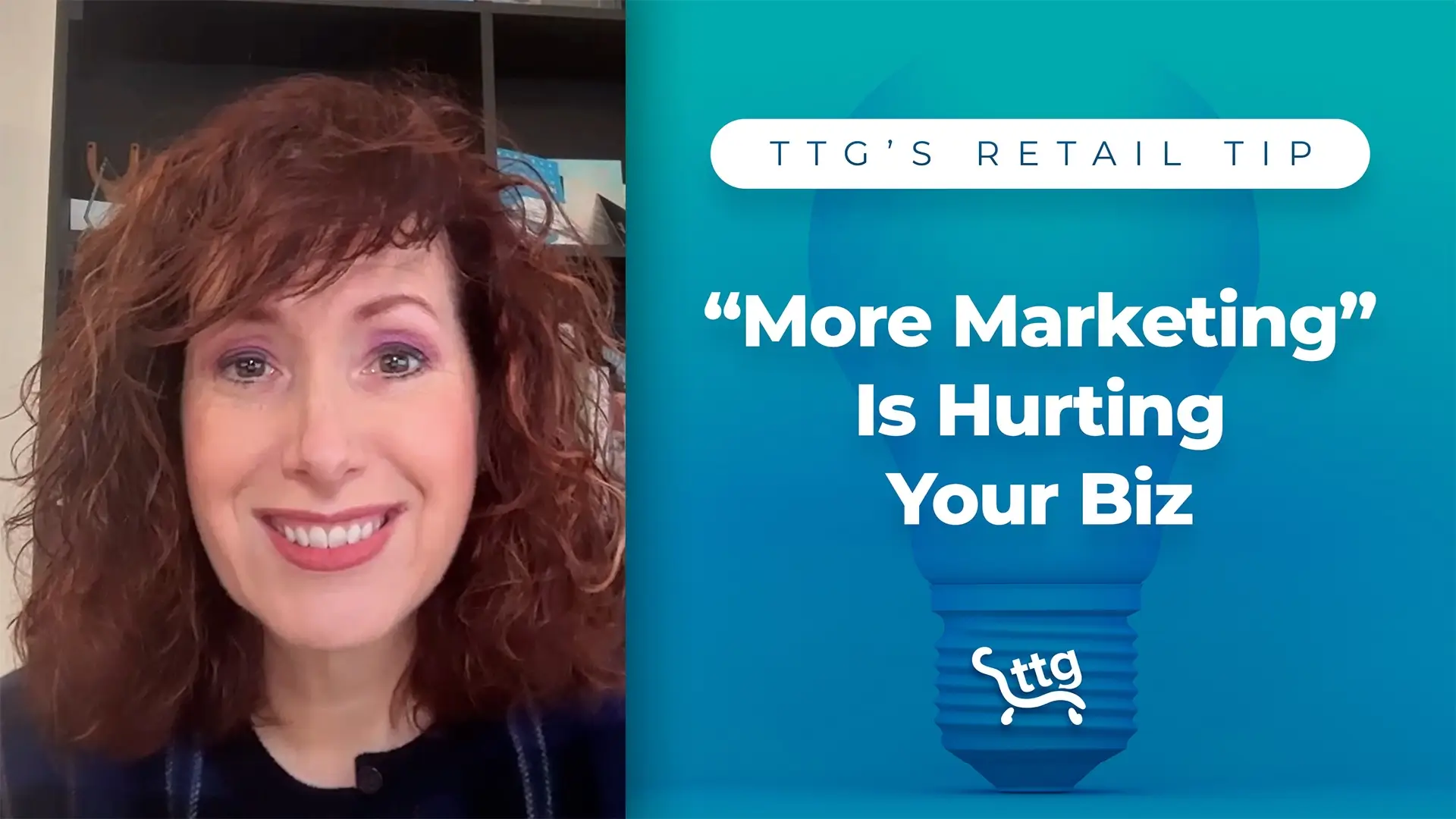Key Takeaways:
Grasp why planning is necessary for your business’s vitality and longevity.
Learn some tips to get started with a marketing plan for your brand.
The adage “if you fail to plan, then you plan to fail” applies to small business leadership. A recent statistic indicates that 50% of SMB owners don’t have a marketing plan.
Making a strategic marketing plan and following through with it is vital for the health and longevity of your enterprise. Let’s explore why you should have a marketing plan and how to go about establishing one for your business.
Planning Should Be the Foundation of Your Marketing
It’s common for business leaders to excel in many aspects of running a business while overlooking one important part: planning. Planning is the biggest step that people often miss in their marketing. It’s important to take a step back, look ahead, create a plan, and execute that plan.
Planning is the biggest step that people often miss in their marketing. It’s important to take a step back, look ahead, create a plan, and execute that plan.
Courtney Dumont, Senior Strategist at Technology Therapy® Group
Carve Out Time for Planning
As a business owner, you have a million things on your to-do list. But planning is essential to your business’s success. So, set aside dedicated time for planning your business’s marketing, to ensure that it gets done amid the hustle and bustle of small business life.
This could look like blocking out an afternoon every couple of weeks. Or scheduling a meeting quarterly or semi-annually, if you work better with larger periods of time in between planning sessions. Go with the frequency that works for you and your team.
Put important dates on the content calendar for your business’s events and promotions, as well as any marketing themes you want to focus on. And include dates for when you need to start promoting those elements to your target audience.
Courtney Dumont, Senior Strategist at Technology Therapy® Group
Where to Start with Planning Your Marketing
Not sure where to begin with your strategic marketing plan? Does your current plan need an overhaul? Technology Therapy® Group has you covered! Here are three steps to get your plan off to a solid start.
- Choose Where to Keep Your Content Calendar.
It’s important to come up with a system that works for you for your content calendar. You won’t want to use a program that you’re not comfortable with, therefore deterring your motivation to dive into your planning. Thankfully, there are many options available! It could be a table in a Word document or Excel, or you could use a calendar in an existing program like Outlook or your project management software, or you could purchase a tool like CoSchedule to keep track of your dates. Feel free to try out different programs until you find the one that works for you. - Plan Out Events, Promotions, and Themes.
Look ahead at the calendar of what’s seasonal to your industry. Pay attention to promotions that you run annually or ones that you’ve done in the past that were successful. Make note of any holes in the content calendar, such as the periods between holidays or major sales, where you might need to fill in some topics. - Create Your Content Calendar.
Put important dates on the content calendar for your business’s events and big promotions, as well as any marketing themes you want to focus on. As part of your content calendar, include dates for when you need to start promoting those elements to your target audience. - Set Deadlines for Deliverables.
Establish deadlines for when creatives need to be completed for each event, promotion, or theme. These are the dates when creatives — like blogs, videos, eblasts, social posts, social images, and ads — will need to be completed by so they’re ready to share with your customer base on the promotion dates you established in the previous step. The best way to approach this is to work backwards from your final deadline and estimate how much time each step will take. Subtract the total number of days for all steps from your deadline and that will give you the date that you need to start your prep.

Sharpen Your Planning Skills, Level Up Your Brand
The pros at Technology Therapy® Group are here to help you succeed. Find out more about our coaching services today!




